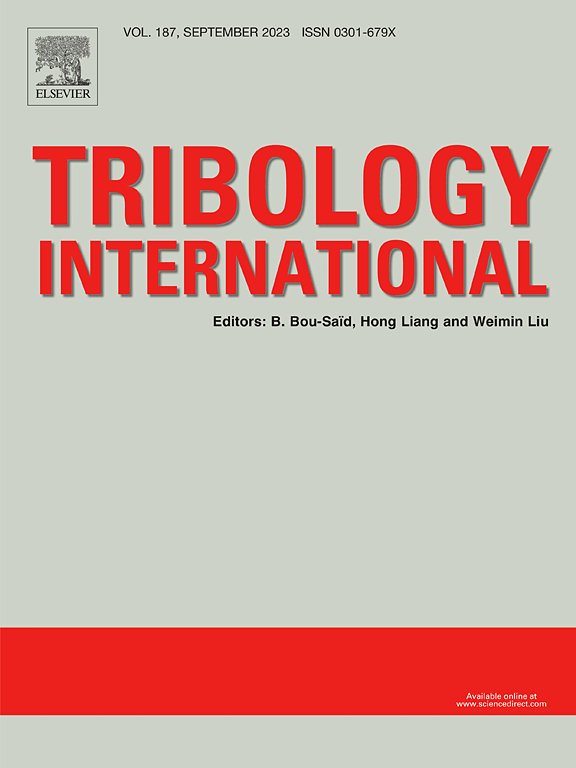通过工艺参数控制PDMS弹性体的附着力
IF 6.1
1区 工程技术
Q1 ENGINEERING, MECHANICAL
引用次数: 0
摘要
随着技术的进步和设备的小型化,控制附着力变得至关重要。粘附也是导致MEMS和NEMS器件失效的重要原因。基于PDMS弹性体的微纳米器件包括生物芯片、摩擦电纳米发电机、电子传感器和微流体器件。PDMS弹性体的表面粘附可以通过各种技术来控制,包括化学表面处理、改变表面纹理、表面接枝、应用外部粘合剂层、引入材料非均质性和改变材料的机械性能。本研究旨在通过改变工艺参数,特别是固化温度和固化时间,来改变PDMS弹性体的力学性能,如弹性模量,从而调节粘附性。我们使用楔形试验来确定PDMS弹性体与硼硅酸盐玻璃载玻片之间的粘附性。这种方法通过在界面处插入玻璃盖来形成楔形。我们发现,当PDMS弹性体的固化温度和固化时间升高时,弹性模量显著增加,平衡裂纹长度增加,粘附功下降。我们展示并讨论了工艺参数如何影响PDMS弹性体的弹性模量及其与硼硅酸盐玻璃载玻片的粘附行为。本文章由计算机程序翻译,如有差异,请以英文原文为准。
Controlling adhesion of PDMS elastomer through process parameters
As technology advances and devices miniaturize, controlling adhesion becomes critical. Adhesion is also a significant cause of failure in MEMS and NEMS devices. Examples of PDMS elastomers-based micro and nanodevices include biochips, triboelectric nanogenerators, electronic sensors, and microfluidic devices. Surface adhesion of PDMS elastomer can be managed through various techniques, including chemical surface treatments, altering surface textures, surface grafting, applying external adhesive layers, introducing material heterogeneity, and modifying the material’s mechanical properties. This research aims to tune adhesion by altering the mechanical properties, such as the modulus of elasticity of PDMS elastomer, through changes in process parameters, specifically curing temperature and curing time. We used the wedge test to determine the adhesion between the PDMS elastomer and the borosilicate glass slide. This approach creates the wedge by inserting a glass coverslip at the interface. We see a significant increase in the modulus of elasticity, an increase in equilibrium crack length, and a drop in the work of adhesion when the PDMS elastomer’s curing temperature and curing time rise. We exhibit and discuss how the process parameters affect the modulus of elasticity of the PDMS elastomer and its adhesion behavior to a borosilicate glass slide.
求助全文
通过发布文献求助,成功后即可免费获取论文全文。
去求助
来源期刊

Tribology International
工程技术-工程:机械
CiteScore
10.10
自引率
16.10%
发文量
627
审稿时长
35 days
期刊介绍:
Tribology is the science of rubbing surfaces and contributes to every facet of our everyday life, from live cell friction to engine lubrication and seismology. As such tribology is truly multidisciplinary and this extraordinary breadth of scientific interest is reflected in the scope of Tribology International.
Tribology International seeks to publish original research papers of the highest scientific quality to provide an archival resource for scientists from all backgrounds. Written contributions are invited reporting experimental and modelling studies both in established areas of tribology and emerging fields. Scientific topics include the physics or chemistry of tribo-surfaces, bio-tribology, surface engineering and materials, contact mechanics, nano-tribology, lubricants and hydrodynamic lubrication.
 求助内容:
求助内容: 应助结果提醒方式:
应助结果提醒方式:


